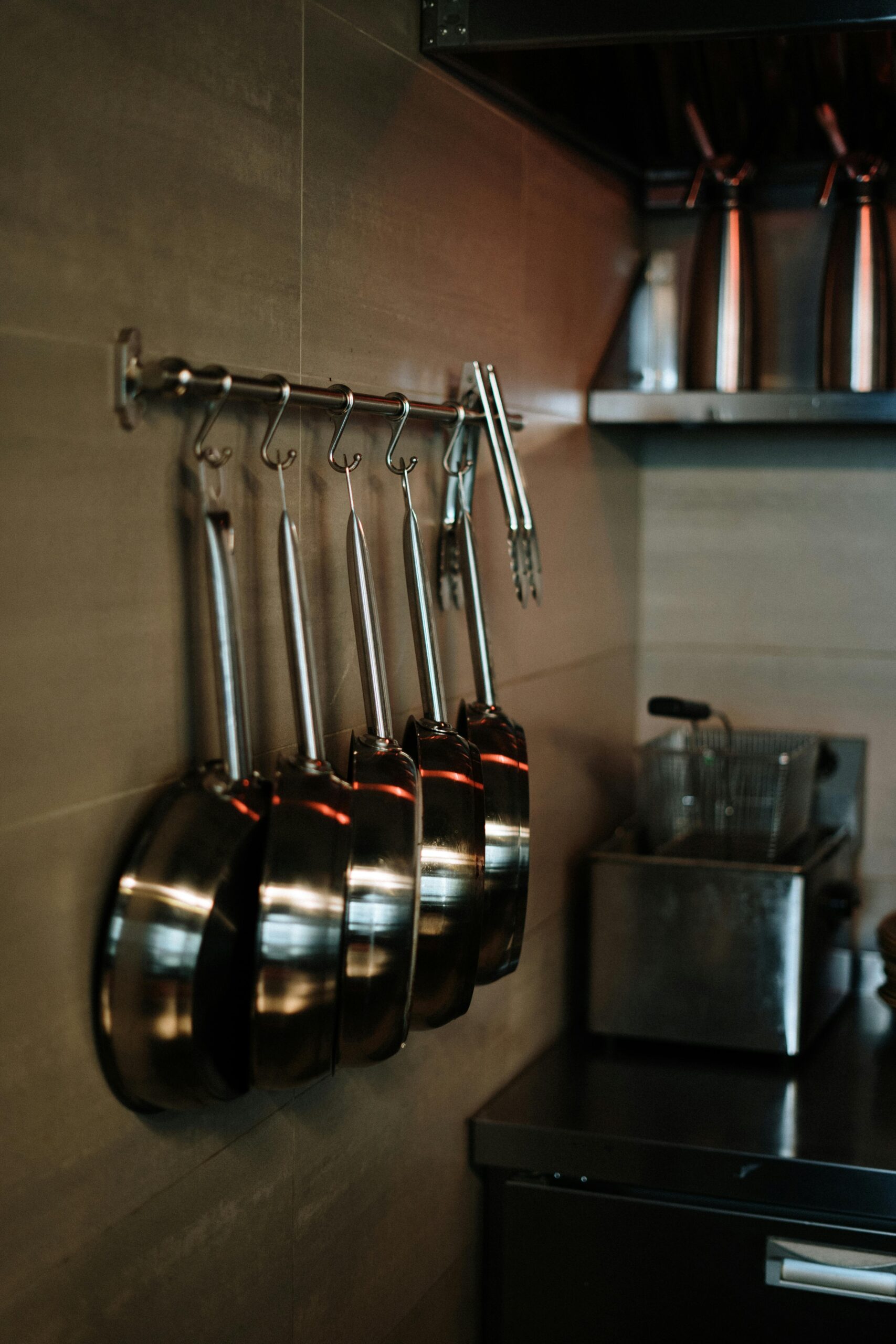Transporting cargo is an important part of modern logistics but there are many safety and regulatory responsibilities attached to this. You need to make sure that the cargo is securely restrained during the transit so that accidents can be prevented along with damage to the cargo. There are certain legal requirements that you need to comply with as well.

When you enrol in load restraint training, you will learn how to secure the cargo so that it doesn’t fall, shift or tip over during the transport. The main goal of load restrain is ensuring that the load is stable and immobile throughout the entire trip. When it comes to coming up with effective restraint strategies, you have to consider the type of vehicle, nature of the cargo and the transport conditions specific to the situation. When you have a good understanding of the fundamentals of load restraint, you will be able to choose the right method and tools for different cargo types and situations. You need to choose the right equipment and some commonly used tools in this job are ropes, chains, tie-down straps and cargo nets. There are specific applications for these and this depends on the weight, shape and size of the load. Heavy cargo has to be restrained by strong chains and tensioning systems but you will be able to use straps or ropes for lighter loads. You need to ensure that the equipment is well-maintained and of high quality. These need to meet industry standards and be suitable to the transported cargo.
There are tie down techniques that need to be executed for effective load restraint
The basic principle for this includes a combination of friction and tension so that the load can be kept in place. The most common method you will find being used is a crisscross pattern with tie-down straps. This is done with chains as well and this will ensure that the weight of the load is distributed evenly. The straps should be tightened until they reach the correct tension. They should not be too loose or too tight. The anchor points used for tie-downs need to be strong. These can be located in the cargo area of the vehicle or chassis. By distributing the weight evenly you will be able to maintain the balance of the load. When the distributed weight is not uneven, this can lead to instability. The handling of the vehicle will be affected by this and it will increase the risk of accidents.

You have to make sure
That the load is centered and balanced on the floor or bed of the vehicle. There should be load dividers so that the cargo can be kept in place. This will prevent it from shifting as well. You will be able to comply with weight regulations when you ensure proper weight distribution. The cargo has to be secured properly and this needs the right method to secure it and correct placement. The movement of bulky items can be prevented with wooden blocks or air cushions. Cargo nets or partitions can be used for smaller items.















